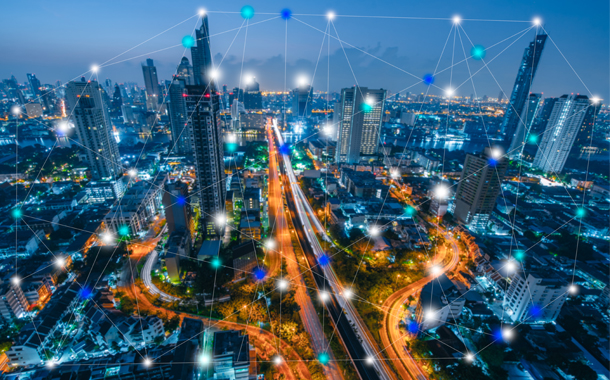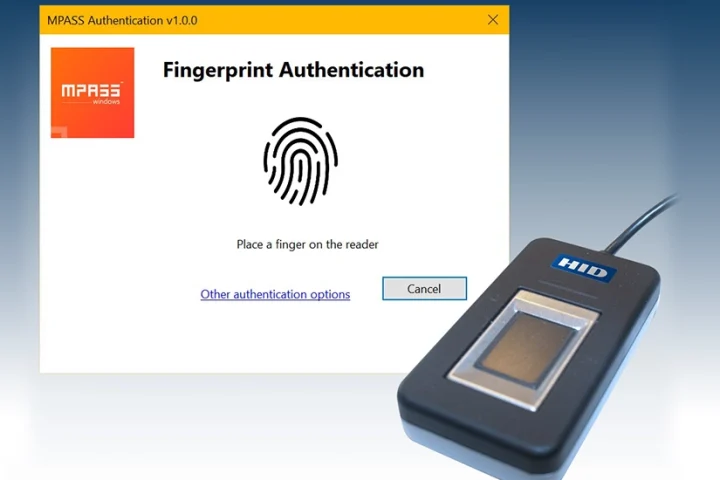Driven by government led projects, the Middle East and Africa is quickly becoming one of the world’s fastest growing regions for the smart city development.
The Middle East, especially the GCC are spearheading global smart cities innovations to drive economic competitiveness and enable safe, convenient and prosperous communities. According to a report released by KPMG, the Middle East & Africa’s smart cities market is expected to double from $1.3 billion in 2018 to $2.7 billion by 2022.
[quote font=”tahoma” font_size=”13″ font_style=”italic” color=”#262626″ bgcolor=”#f9f9f9″ bcolor=”#004d77″]
“To stay ahead of the demand and deliver innovations that improve the lives of citizens, smart cities need adaptive networks that can tackle the challenges of the ever-changing environments,”
Azz- Eddine Mansouri,
General Manager of Sales,
Ciena Middle East
[/quote]
The Smart Cities of Middle East
UAE, being one of the world’s most connected city aims to be at the forefront of not only pioneering but transforming the city into one of the smartest on the globe. Dubai’s 7-year agenda through the “Dubai Plan 2021” prioritises innovation as the key driver of the economy across all sectors, striving to become the innovation benchmark for smart cities seeking global sustainability and competitiveness.
[quote font=”tahoma” font_size=”13″ font_style=”italic” color=”#262626″ bgcolor=”#f9f9f9″ bcolor=”#004d77″]
“Siemon offers solutions that enable the transformation of a city’s building landscape from ‘traditional’ to ‘smart’,”
Prem Rodrigues,
Director of Sales and Marketing for Middle East,
India and SAARC, Siemon
[/quote]
The city has already served up the world’s first fully 3D printed office and the first 3D printed laboratory. Now, Emaar aims to create the first fully 3D-printed house as a model home later this year, both as a proof of concept and as a springboard for larger 3D-printed residential projects which will service actual UAE residents. Within a few short years, the UAE Government believes that we will see pilot projects evolve into mainstream construction developments that can give customers highly desirable, customisable and affordable homes to live in.
Saudi Arabia will start building the first residential area in a proposed $500 billion futuristic city – NEOM. The proposed $500 billion mega-city will be a special economic zone. Much like those found elsewhere in the world, most notably in China and India, it will have its own laws, taxes and regulations. It will be 33 times the size of New York City, or just smaller than Massachusetts, covering 25,000 square kilometres. The smart mega-city plans to operate exclusively on renewable energy by covering vast areas of land in solar panels and wind turbines. It was also recently announced that the first flight from its new Neom Bay Airport, allowing development to get underway. They claim the first phase will be completed by 2020.
[quote font=”tahoma” font_size=”13″ font_style=”italic” color=”#262626″ bgcolor=”#f9f9f9″ bcolor=”#004d77″]
By shifting core applications to the cloud, Smart Cities can break down data silos and share across lines of business to enable real-time decision-making,”
Mohamed Khan,
Channel Head,
SAP Global Partner Organization,
MENA
[/quote]
In Oman, the first smart city project in Duqm is planned to begin next year allowing for faster economic and social development in the city. Last year in Muscat, a foundation stone was laid for the Madinat Al Irfan smart city. Madinat Al Irfan will cover more than 45ha of desert territory near Muscat and will be built in multiple phases, the first of which will be completed in 2023.
The Private-Public Partnerships
While Middle East and North Africa governments are leading Smart Cities visions, from Dubai Smart City to NEOM in Saudi Arabia, public-private partnerships bringing these visions to reality said Mohamed Khan, Channel Head – SAP Global Partner Organization in MENA. “Private sector organizations, especially technology companies, can leverage their international experience to exchange best practices and localize solutions that meet the needs of Smart Cities. At the heart of Smart Cities is the move towards the Experience Economy, which prioritizes organizations digitally transforming into Intelligent Enterprises that can leverage technology to enhance experiences. One of the most important aspects of Smart Cities is analyzing resident and citizen data in real-time. Governments should work with channel partners to combine citizen data (“x data”) with operational data (“o data”) — from sensors to social media – to better understand citizens’ beliefs, emotions, and intentions. As a result, Smart Cities can gain actionable insights that can lead to enhanced urban experiences and citizen happiness,” he added.
[quote font=”tahoma” font_size=”13″ font_style=”italic” color=”#262626″ bgcolor=”#f9f9f9″ bcolor=”#004d77″]
“Those who are now transforming their network infrastructure, operational models and business processes to support IoT platforms, devices and traffic, will no doubt succeed,”
Gaurav Mohan,
VP Sales South Asia,
MEA & CIS,
NETSCOUT
[/quote]
Gaurav Mohan, VP Sales South Asia, MEA & CIS, NETSCOUT also believes that the private sector will play a pivotal role in the development of smart cities. “Smart Dubai is dedicated to transform and empower partnerships with the public and private sector to design and implement services in line with its mission. Dubai transformed itself into a model smart city by launching over 100 smart initiatives and more than 1000 smart services. Smart cities use data and technology to create efficiencies, improve sustainability, create economic development, and enhance quality of life factors for people living and working in the city. NETSCOUT’s solutions are vital when it comes to ensuring a secure and connected network. Our solutions provide visibility into the connectivity and communication between IoT devices and infrastructures is crucial to IoT success,” added Gaurav.
A core infrastructure element of smart cities includes robust IT connectivity and digitalization, which is the key to safety, security and energy savings. If that IT connectivity and digitalization is brought into the city’s buildings and if governments invest into the development of smart buildings, smart cities can advance and come to fruition more quickly.
Connectivity is Key
Smart cities are no longer a futuristic concept. In cities such as Berlin, they are fully operational today and pushing the bounds of how the IoT links business, public infrastructure and people all together. Many cities are introducing a wide range of connected smart city applications, including multiple installations of surveillance cameras, connected waste management control, lighting, parking, traffic control, public transport, and pollution and weather monitoring.
Siemon says that it offers solutions that enable the transformation of a city’s building landscape from ‘traditional’ to ‘smart’. With its advanced copper cabling and connectivity technology, Siemon helps create highly efficient converged infrastructures in buildings that support data, voice, video, lighting, security, building automation and other low-voltage building systems over one single IP-based physical cabling infrastructure. In this way, building systems and connected devices can integrate, communicate and exchange information which helps create a new level of building intelligence and analytics,” said Prem Rodrigues, Director of Sales and Marketing for Middle East, India and SAARC at Siemon.
Ciena Middle East believes that in order to achieve the smart city vision, telecom operators need to be able to meet the increase in bandwidth demand and have the scalability to meet the dynamic traffic flows that a smart city will pose. Networks will need to handle, collect, and analyze data from billions of devices and homes, flagging any problems, and taking actions in near real-time.
Furthermore, the growing adoption of 5G network solutions is one of the key enablers of smart cities as it has the potential to address the challenge of connectivity in the most seamless way possible – providing 10x lower latency, 100x faster speeds, 100x more devices, and 1000x higher data volumes.
“Smart cities are in constant evolution and growth. Therefore, to stay ahead of the demand and deliver innovations that improve the lives of citizens, smart cities need adaptive networks that can tackle the challenges of the ever-changing environments. Adaptive networks are a crucial element in the digital evolution journey of smart cities as they utilize a unique combination of real-time analytics, intelligent automation and a programmable infrastructure to rapidly scale, self-configure, self-heal and self-optimize by constantly assessing the network pressures and demands of smart city applications,” commented Azz- Eddine Mansouri, General Manager of Sales, Ciena Middle East.
Smart Cities, Smart Future
Urbanization is expected to continue well into the future. Thankfully, in the present tech-driven world, the application of rising technologies such as the Internet of Things (IoT) and automation can help us to tackle this ongoing challenge. Ultimately, the transition to smarter and better-connected cities lies with local decision-makers, but support and investment from the private sector will be necessary as we embark on smart city research and development.
By : Divsha Bhat



















